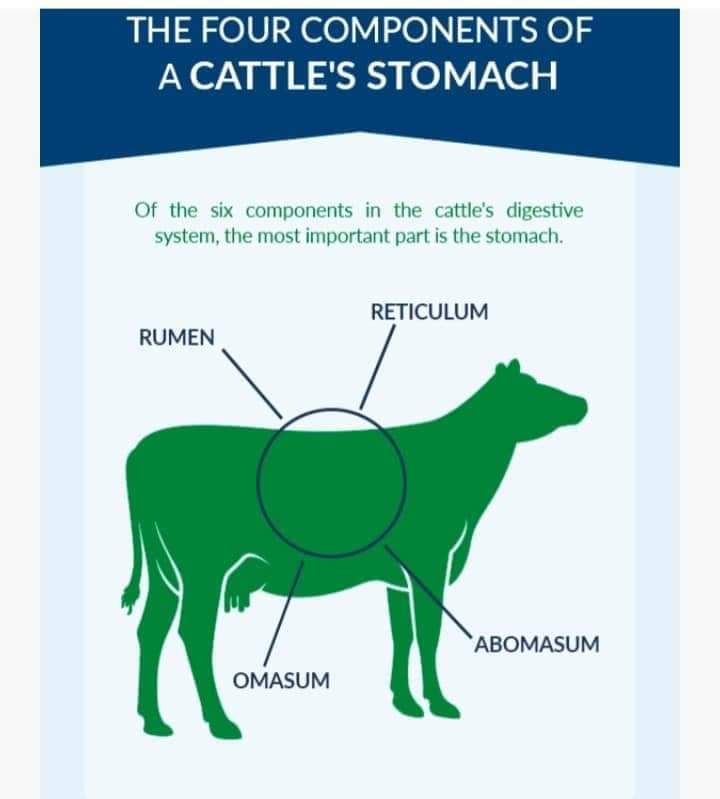Keynote on Ruminants Digestive System Physiology
1.Rumen:
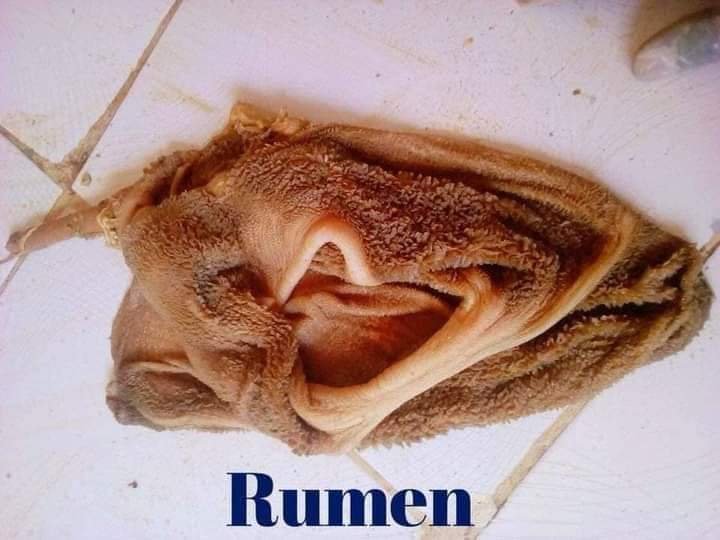
The rumen, also known as the “paunch,” is the first area of the cow’s stomach, connected to the cattle’s esophagus. This compartment acts as storage for chewed vegetation and forms balls of cud. Cud consists of large, non-digestible pieces of plant matter that must be regurgitated, chewed a second time and swallowed before continuing through the process. The rumen absorbs nutrients through papillae of the rumen wall and facilitates fermentation, creating the rumen bacteria and rumen microbes necessary to break down and digest the proteins in feed. Microorganisms in the rumen are responsible for digesting cellulose and complex starches, as well as synthesizing protein, B vitamins and vitamin K. As a storage area, it can hold up to 40 gallons of material. The rumen, combined with the reticulum, makes up 84% of the volume of the entire stomach. A few common health issues with the rumen include bloat, which occurs when a cow can’t eradicate a buildup of gas, acidosis and rumenitis, which occur when low pH balance allows for high acid production. These can be prevented by managing and paying attention to cattle’s food and water intake.
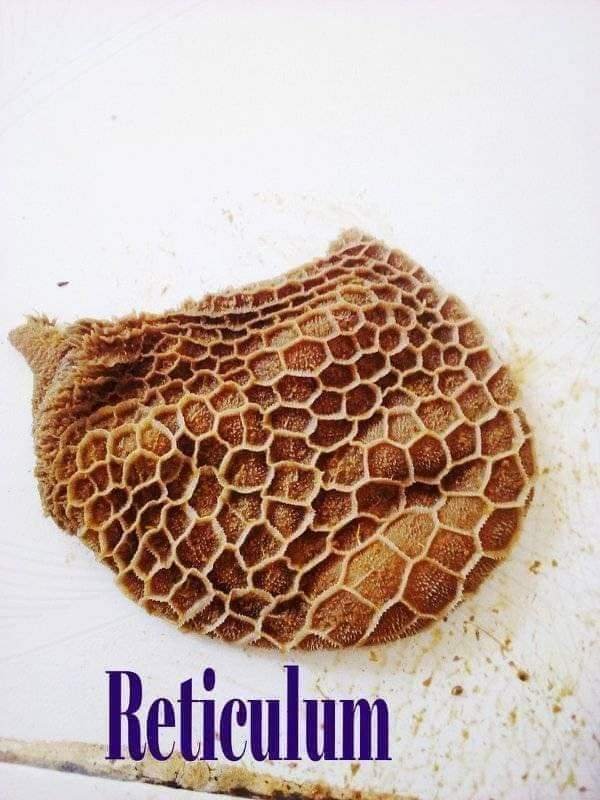
- Reticulum:
The reticulum is frequently referred to as the “honeycomb,” because the inner lining appears like and is structured similar to a honeycomb. While it does have its independent functionality, the reticulum is attached to the rumen with only a thin tissue divider. This component holds heavy or dense objects — such as metal pieces and rocks — and trap large feed particles that are not small enough to be digested. The reticulum facilitates regurgitation. Both the rumen and reticulum contain digestive bacteria, so no acid is included in the regurgitation of materials. The reticulum holds about 5 gallons of material. One common health issue involving the reticulum is hardware disease, which occurs when cattle ingest heavy or sharp objects — like nails, screws or wire. They are swept into the reticulum and may puncture the stomach wall. This disease is preventable by putting magnets on feeding equipment to catch any metal, or cured by the placement of an intraruminal magnet that traps already swallowed objects. - Omasum: The globe-shaped omasum is nicknamed “manyplies” because of its internal structure. It is lined with large leaves and folds of tissue that resemble the pages of a book. These folds absorb water and nutrients from feed that passes through after its second round of chewing. The omasum is smaller than the rumen and reticulum, making up about 12% of the stomach’s total volume. It can hold up to about 15 gallons of material.
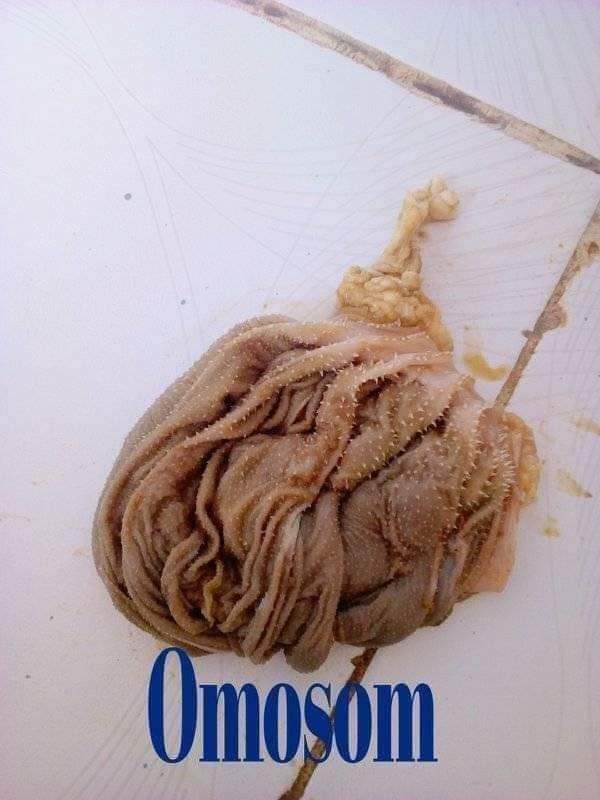
- Abomasum:
The abomasum is the last component of the stomach and is often known as the “true stomach,” because it operates the most similar to a non-ruminant stomach. This true stomach is the only compartment of the stomach lined with glands. These glands release hydrochloric acid and digestive enzymes to help the abomasum further break down feed and plant material. In comparison to the other chambers, the abomasum is on the smaller side, representing about 4% of the total stomach volume and only holding about 7 gallons of material.
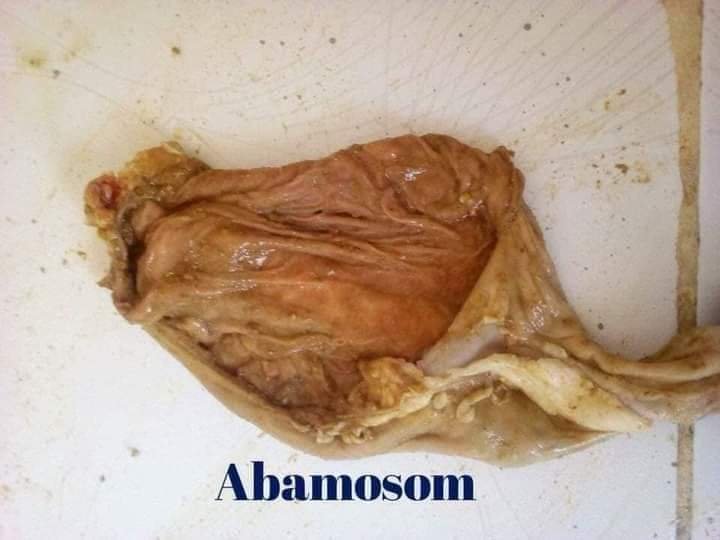
Each of these components is vital in maintaining a healthy digestive process. They must cooperate quickly and efficiently to turn grain and plant matter into energy for the cattle. If one section becomes incapable of performing or ceases to work correctly, it will affect all of the other functions in the digestive system.
Because the rumen is the largest area of the stomach and the section that focuses on reducing feed to be passed through the digestive process, it is crucial that it is properly developed and remains healthy.
Dr.Ajeet Kr.Singh
Livestock Consultant, Gorakhpur
Reference:On request


